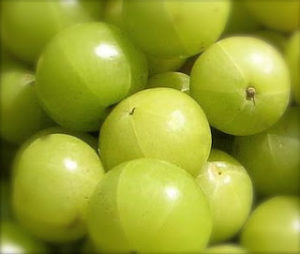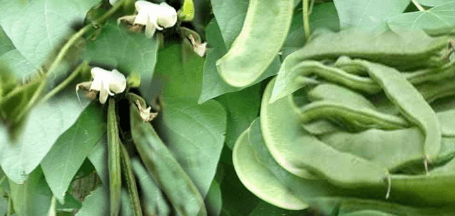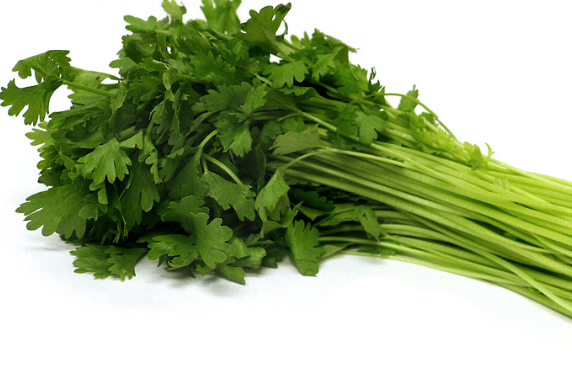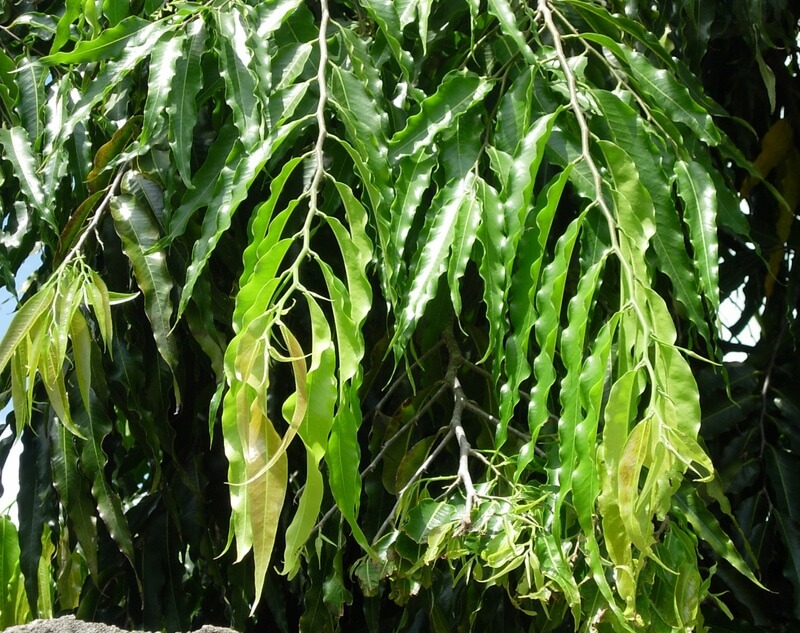Amalaka Tree Medicinal Benefits

Botanical Name—Emblica officinalis
Common Name—Ambla
Family—Euphorbiaceae (Erand Kul)
Habit—A small to medium sized deciduous tree, 20-25 in height.
Properties-
Property—Heavyness, dryness, cold
Taste—Five tastes, (except slat, mainly sour)
Potency—Cooling
Metabolic Property—Sweety
Specific Property-
- Tridoshar (Specially pittahar)
- Digestive
- Stomachic
Part Used—Fruit

Description—Amalaka is the medium size deciduous plant. It grows to the height of 8-18 meter. It has a crooked trunk and spreading branches. Its flower is yellow greenish in colour. The fruit is spherical pale yellow with six vertical furrows. The mature fruits are hard and do not fall for the gentle touch. The average weight of the fruit is 60-70 g. It has a gray bark and reddish wood. Its leaves are feathery, linear oblong in shape and smell like lemon. Its wood is hard in texture. It wraps and splits when exposed in the Sun or in the excessive heat. Medicinal Plants and Herbs of India touch. The average weight of the fruit is 6070 g. it has a gray bark and reddish wood. Its leaves are feathery, linear oblong in shape and smell like lemon. Its wood is hard in texture. It wraps and splits when exposed in the Sun or in the excessive heat.
It is planted through the deciduous of tropical India and on the hill slopes up to 2000 meter. It is commercially cultivated in the state of Uttar Pradesh in India. It is also grown in Tamil Nadu, Rajasthan and Madhya Pradesh also.
Amalaka can grow in light as well as the heavy soils. It is grown under the tropical conditions. The young plants are protected from the hot winds as they dye easily. Amalaka is generally propagated through seeds. It requires proper sunlight. It is irrigated during the monsoon season. It starts bearing fruits in seven years from the day of planting.
The fruit is the richest source of Vitamin C and is a diuretic, aperient, Laxative and hair dye. It cures insomnia and is healthy for hair. It is used as the cardio protective, useful in hemorrhage, menprrhagia, leucorrhoea and discharge of blood from uterus. Amalaka power and oil are used traditionally in Ayurvedic applications for the treatment of scalp.
Amalaka power improves immunity and gives physical strength. It improves complexion and removes wrinkles. Amalaka is also used to treat constipation and is used as a cooling agent to reduce the effects of sun strokes and sun burns. It is the main ingredient used in the shampoo. Amalaka oil is used all the world. Amalaka is used in sauces, candy, dried chips, pickle, jellies and powder. It is even used in the dyeing industry. It extract is popularly used in the ink. AmalakA wood is commonly used in firework.
Amalaka has been regarded as the sacred tree in India. It sin worshiped as the Mother Earth and is believed to nurture humankind because the fruits are very nourishing. It stimulates spiritual purity. Kartik Mahatma and Vrat Kaumudi order the worship of this tree. Its fruits and flowers are used in worship.
Dosage—
Powder -3-5 gms.
Expressed juice -10-12 ml.
Uses-
- In Opthalmic disorders—Juice coming out o the mature fruit of Amalaka staying on the plant after piercing with nail alleviates, numerous diseases of eye caused by aggravation at vata-pitta-kaph.
- In Fever—Juice of Amalaka fruit fried with ghee alleviates fever.
- In Anaemia—One should take the powder of Amalaka with Honey.
- In Jaundice—Juice of grapes and Amalaka is useful.
- In vomiting—Cold soup of green gram mixed with Amalaka juice should be taken.
- In Amalpitta—Powder consisting of Amalaka, Satavari and sugar all equal is mixed with equal quantity of honey & taken with milk.
- In Pradara (Leucorrhoes)—Powder of Amalaka should be administered with honey.
- Graying of hair—One who applies the paste of Mandura, Amalaka and Japa flowers on hair before taking bath is freed from the disease.




